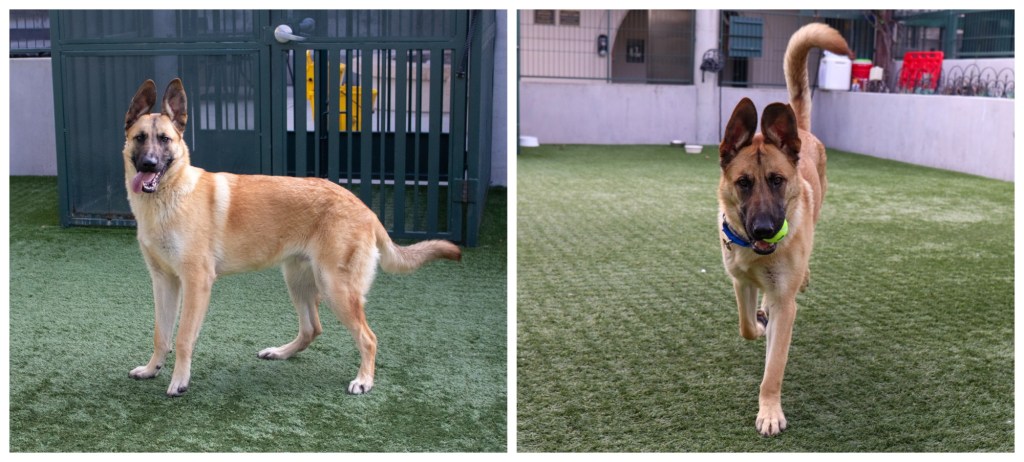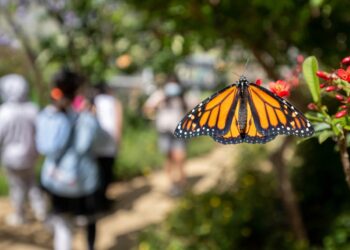We all know adolescence is a distinct phase in human development on the road from being a child to becoming an adult. All you need to do is talk to anyone who has ever been a teenager or parented a teen to understand it can be a challenging time of life.
But, when it comes to canines, we usually hear about puppies and dogs — not so much about the time in between.
Did you know that on the road from puppy hood to becoming an adult dog, pups, like humans, pass through adolescence? Dogs typically enter adolescence around 5 months old and emerge as fully formed adults between 2 and 3 years old
Skeletal growth and hormones change how dogs experience the world during their adolescence.
Much like early puppy development, what your dog experiences and learns in adolescence can affect behavior into adulthood. This makes adolescence one of the most critical time periods to continue forming a trusting bond with your pet, as challenging as it may be.
If it seems like your “teenage” pup is suddenly more stubborn or like they forgot all the basics they learned in puppy class, you may not be wrong.
Canine adolescence is often accompanied by behavior changes that can be perplexing for pet parents. Your once cuddly puppy may now have an endless amount of energy despite regular walks. Or what was once a cute puppy yip has become a non-stop boisterous bark.
Adolescence is a time when your dog may develop undesired behaviors. Excess mouthiness, jumping up, pulling on leash, destructive chewing and digging, and a fear response to new sights and sounds are some typical “teenage” dog behaviors that may arise.
Like parenting a human teen, caring for an adolescent pup requires patience.
“It’s the most difficult time to feel a connection with your pet” according to Rochelle Guardado, Pasadena Humane’s animal training manager. “It may feel as though they no longer care about you, but your dog’s brain is just going through a phase that makes it harder…
Read the full article here







